Previous
Diamond Anatomy
A diamonds anatomy determines its brilliance, fire…
One of the key elements that set different diamonds apart is their shape. The shape of a diamond is the first thing you notice when you look at it, and it plays a significant role in the overall aesthetic of your jewellery. Let's embark on a journey to explore the world of diamond shapes, each with its own unique charm.
Diamond shape refers to the outline of the diamond when it is viewed face up. Diamond cut refers to the facet arrangement, symmetry, reflective qualities and dimensions of the diamond. The irresistible fiery brilliance of a diamond is only unlocked by the skilled cutting of the diamond rough.
Here is a brief overview on the ten most common diamond shapes:
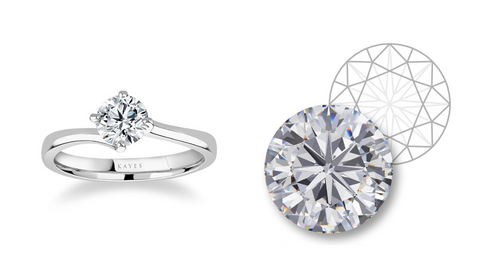
The round brilliant cut is the most popular & widely used diamond cut. This style of cut has been around since the 1700's but has been modified over the years.
A traditional round brilliant diamond has 58 facets (including the culet), but sometimes they may have 57 if the diamond has no culet.
The round brilliant cut is designed with specific proportions to optimise light reflection & refraction, creating a dazzling display of fire & brilliance.
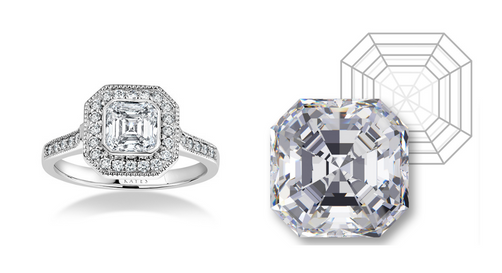
Developed in 1902 & named after its creator, Joseph Asscher.
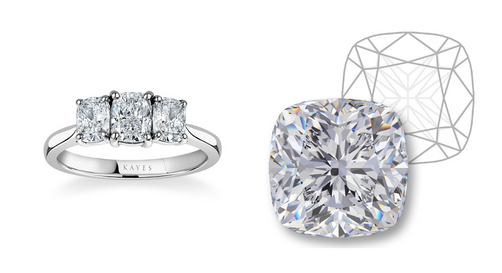
The modern-day cushion cut owes its facet design to an ancient diamond cut called the Old Mine cut, which dates back to the 1700s.
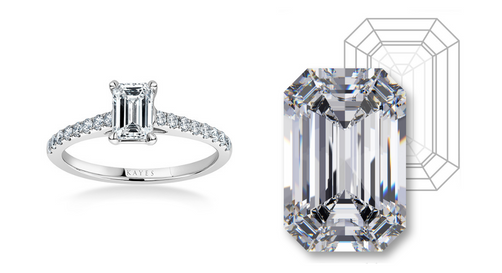
The emerald cut is a step-cut diamond, characterised by its rectangular or square shape with cut corners. The name comes from the traditional cut used for emeralds.
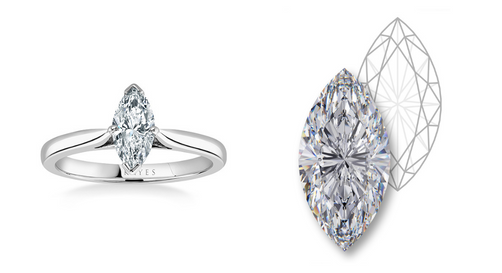
Developed in France in the 1740s, legend has it that it was named for the Marquise de Pompadour, a mistress of King Louis XV.
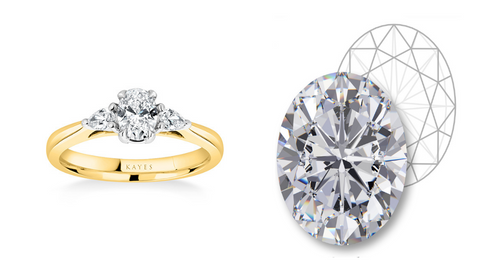
Typically oval diamonds are cut in the brilliant faceting style, which means the diamond has 57 or 58 facets, like a standard round brilliant, giving it similar visual qualities.
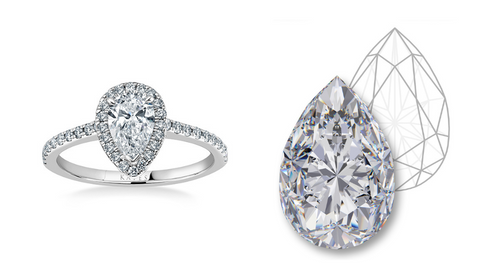
This popular style of cut has a gently rounded shoulders & wings, which are the sides near the point for an elegant & appealing outline.
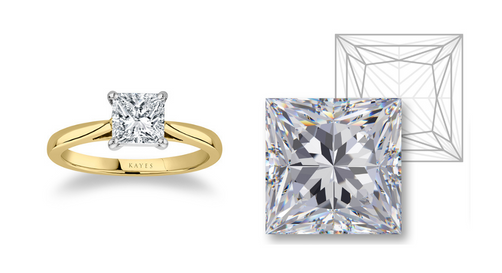
A popular style for engagement rings, the princess cut was invented in the 1980's.
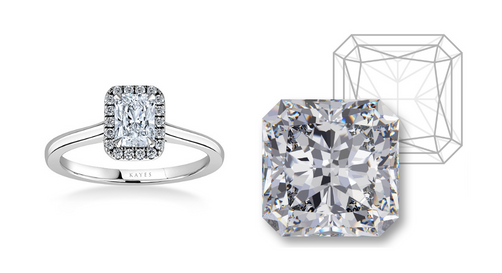
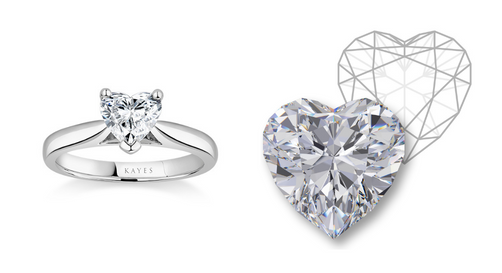
The heart-shaped cut has been around for centuries, but it gained popularity in the 16th century when Mary, Queen of Scots, gifted a heart-shaped diamond to Queen Elizabeth I.
Finding the perfect diamond shape is a deeply personal journey, reflecting your unique style and emotional connection. Each shape holds its own allure, essential in capturing the essence of your love story. Whether drawn to the timeless round, modern princess cut, or charming heart shape, the world of diamonds offers a shape to match your every facet.
Explore our diamond library, regularly updated with loose diamonds every four hours. Select your stones and send an enquiry to arrange an in-store consultation with our friendly experts. Let us guide you through selecting diamonds from our catalog, ensuring the most suitable options await your arrival.
Get in touch and one of our experts will assist you promptly.